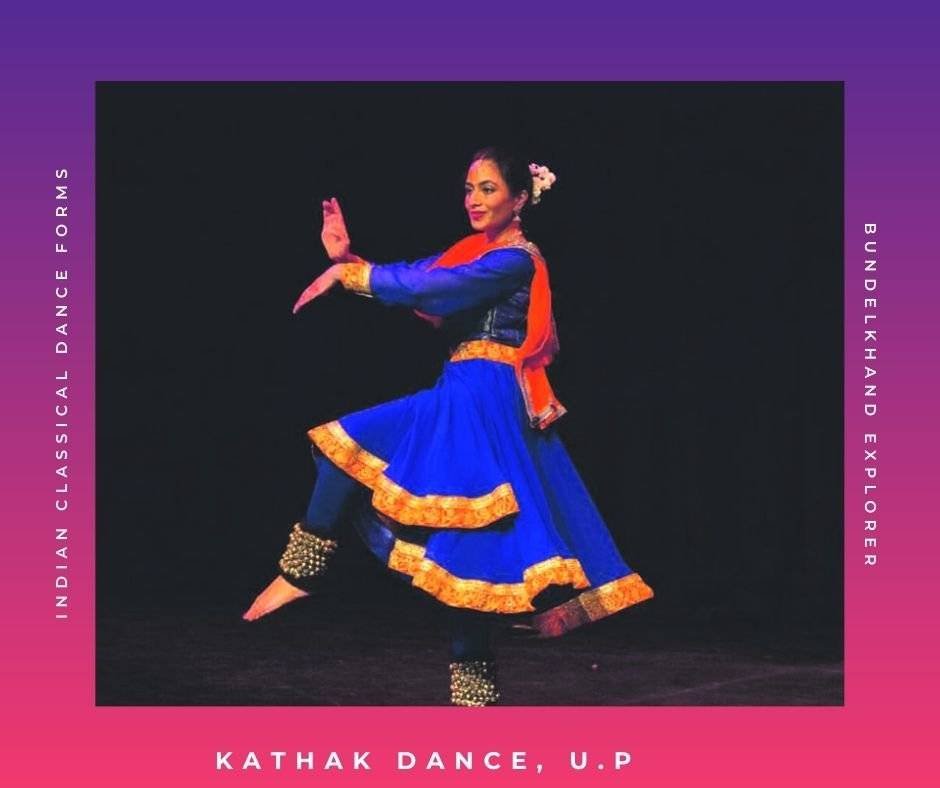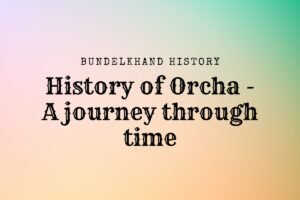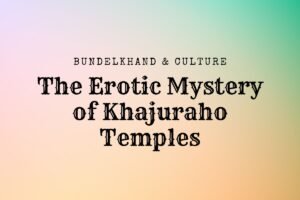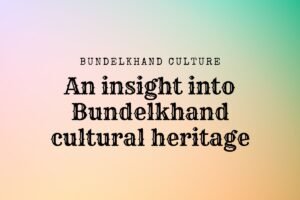Indian classical dance is sustained by a profound philosophy and Indian classical dancers seek to become one with eternal dance of cosmos. There are 8 main forms of Indian classical dance and they are existing around the same philosphy
Introduction to Indian classical dance
Indian classical dance origin
Dance(Classical and folk dance) has been a cultural and traditional form of celebration in India since ancient times. The Indian classical dance forms used to be a way of worshiping God in temples. it transitions to weddings, theatre, and functions. Classical dance forms are highly influenced by Natya Shastra, An Ancient text literature for performing arts.
Indian classical dance consists of so many unique and beautiful dance forms, each with a different message, purpose, and symbolism. In India, there are 8 main classical dance forms, 6 being mainstream and 2 less mainstream.
8 Indian classical dance forms and state where it is performed
| Sr. | classical Dance | State |
|---|---|---|
| 1. | Bharatanatyam | Tamil nadu |
| 2. | Kathakali | Kerala |
| 3. | Kathak | Uttar Pradesh |
| 4. | Kuchipudi | Andhra Pradesh |
| 5. | Manipuri | Manipur |
| 6. | Odissi | Odisha |
| 7. | Sattriya | Assam |
| 8. | Mohiniyattam | Kerala |

Indian cinema always featured dance and songs that were influenced by Indian classical dance. It is named Bollywood style which draws its root from 6 classical dance forms. Let me dive into each of the 8 classical dance forms one by one to give you more insight on them
1. Bharatanatyam
Bharatanatyam classical dance form, most popular in south Indin, is the dance of tamil nadu. Originating in the temples of Tamil Nadu, today it is the most popular and widely performed of all the classical Indian dance styles. It traces its origins back to the Natyashastra, an ancient treatise on theatre written by the mythic priest Bharata.Originally a temple dance for women, Bharatanatyam is a solo dance form that can be performed by female and male dancers.

Bharatanatyam often is used to portray Hindu religious stories and devotions. In the 20th century this dance form diversified in public stages, theatres, and Indian movies where it gained popularity. The dance movements are characterized by bent leg postures, while the feet keep the rhythm. Hands are used in a series of mudras, each having a specific meaning. These symbolic hand gestures are used to tell a story.
2. Kathakali
This Indian classical dance originated in the southwest state of India, Kerala, Kathakali is also a religious dance form like Bharatanatyam. This dance form is performed by boys and men traditionally. Kathakali dancers use elaborate costumes and dramatic makeup. Faces are pained in a particular way and carry enormous headdresses. This look helps the audience submerged in the visual journey, colors are used to describe the mood of different characters.

This dance form consists of a group of dancers who portray various roles with content based on Hindu mythology. It draws inspiration from the Ramayana and Lord shiva stories. The hand gestures, leg, and body movements,s and facial expressions depict a story in Kathakali dance form. Traditionally this dance form performance starts in the evening and lasts whole night but nowadays, it can be performed within 3 hours as people are having less patience and free time.
3. Kathak
Kathak dance is a way of storytelling using musical recitation. It is the dance of north India, primarily around Uttar Pradesh. This dance form is performed by both, men and women. The word Kathak can be spilled in 2 words, Katha and krat, meaning “telling a story by acting”. It is the only song that has links to Muslim culture and slightly influenced by that. It was originated by Kathakas, a professional storyteller who used a mixture of dance, song, and drama.

This dance form also originated in the place of worship and it was used to praise God in north India. Dancers tie ankle-bells in their feet and move their feet with the rhythm of musical instruments like Dholak and tabla. Kathak dance form use facial movements incorporated with hand movement and body postures while the primary focus on feet movement.
4. Kuchipudi
Kuchipudi dance form originated in Andhra Pradesh is performed by men and women. Kuchipudi’s dancers required to have singing skills along with dancing skills. is highly ritualized, with a formalized song-and-dance introduction, sprinkling of holy water, and burning of incense, along with invocations of goddesses.
The Kuchipudi dance style tells a story through fluid, graceful and brisk movements that are well-controlled and bring the piece alive. The dances are based on Hindu religion, spirituality, and mythology. The dances are based on Hindu religion, spirituality, and mythology.

5. Manipuri
Originated in northeastern Indian state Manipur, is the most meaningful dance of all. Manipuri dance form has its root in folk tradition and ritual of state. It is purely a religious dance form aiming towards spiritual experience. This dance form is performed by both, men and women. This dance form takes took inspiration from the life of Lord Krishna.

Manipuri dance form is associated with state rituals, traditional festivals, and celebration gatherings. This dance form is more rhythmic and is characterized by smooth and graceful movements. Female roles are especially fluid in the arms and hands, while male roles tend to have more forceful movements. The dance may be accompanied by narrative chanting and choral singing. The cymbals and drums are used as a part of the visual performance.
6. Odissi
Odissi is the dance form mainly performed in the eastern Indian state of Odisha. This dance form is primarily practiced by women and it has its own characteristic movements that separate it from the other classical Indian dance forms. It is a complex and expressive dance form, with over 50 mudras. Mudras are symbolic gestures used to express emotions and depict the story.

Odissi’s dance form is distinguished by stamping of the foot and striking sculptural poses with the more contorted movement of the head, chest, and pelvis. This dance focuses highly on the hand movements of dancers as it helps in storytelling. This is also a religious dance form used in worshiping god. It is also used during festivals and stage functions.
7. Sattriya
Sattriya is an Indian classical dances form is originated and performed in the northeastern state of India Assam. It is performed in praise of Lord Krishna with some references to Ramayana and Mahabharata. This dance form is also used in temples at the start, then in other forms of celebration.
This dance form is performed by men and women and dancers wear traditional Assamese dress. male costume comprising the dhoti and chadar and the pagri ( turban) and the female costume comprising the ghuri, chadar, and Kanchi (waist cloth).

Recognized in 2000 as a classical dance by Sangeet Natak Akademi of India, modern Sattriya explores many themes and plays, and its performances staged worldwide. This dance form has a slower and expressive aspect of the dance that attempts to communicate feelings, storyline, particularly with spiritual themes.
8. Mohiniyattam
The mohiniyattam Indian classical dance form is performed in the Kerala state of India. Mohiniyattam also referred to as Mohini-attam, is derived from “Mohini” – a famous female avatar of the Hindu god Vishnu in Indian mythology.

Seductive gestures and facial expressions are used in this dance form. Christian missionaries demanded that this must be stopped, launching the anti-dance movement that led to the stigmatization of this dance form and contributed to its decline.
Final words
These were the 8 Indian classical dances that are performed in different regions of the country. These classical dance forms have influenced Indian modern dance and also folk dances. These Indian classical dances are part of the great Indian culture
Classical dancing is an experience that is explainable.
Frequently asked questions about Indian classical dance
What are the 8 Indian classical dances?
8 Indian classical dances are Bharatanatyam, Kathakali, Kathak, Kuchipudi, Manipuri, Odissi, Sattriya, Mohiniyattam
What is the origin of Indian classical dance?
Most of the classical dance forms originated in temples. Although every dance form evolved from different regions. The roots can be traced from the Sanskrit text – ‘Natya Shastra’
Which Indian classical dance is oldest?
Bharatanatyam is the oldest classical dance of India
Who invented classical dance?
Janakiprasad invented classical dance in India, he was a dancer and a Sanskrit scholar
Who is the God of Bharatanatyam?
Lord Shiva




